If you’re a fan of Nintendo games, then the name “Lost Woods” probably has some meaning for you. It’s a somewhat unique name for a forest where important things tend to happen in the Zelda games, and it’s often where the legendary Master Sword sleeps until the next hero needs it.
In contrast, the Lost Woods are known as the 迷いの森 (mayoi no mori) in Japanese, which isn’t nearly as unique in Japanese entertainment. There’s a mayoi no mori in the Super Mario series, for example, and there’s one in the Final Fantasy series.
The mayoi no mori name pops up a lot in Japanese games, but it usually gets translated a different way in each different game. This is because mayoi has several different (and sometimes overlapping) meanings:
- Getting lost
- Mental confusion
- Spiritual confusion
- Indecision / hesitation
- Illusion
- Delusion
Even I’ve had to handle this phrase on occasion during my career, and it’s been strangely fun seeing how other translators handle it too. So I thought I’d compile a mayoi no mori gallery below to share the foresty fun.
![The マヨイノモリ (mayoi no mori) name appears in the original Zelda game The マヨイノモリ (mayoi no mori) name appears in the original Zelda game]()
The マヨイノモリ (mayoi no mori) name appears in the original Zelda game
![It was translated into English as "Forest of Maze" in the game's text It was translated into English as "Forest of Maze" in the game's text]()
It was translated into English as "Forest of Maze" in the game's text
![And the name is translated as "Lost Woods" in the map that comes with the game And the name is translated as "Lost Woods" in the map that comes with the game]()
And the name is translated as "Lost Woods" in the map that comes with the game
![The third Zelda game also has a まよいの森 (mayoi no mori) The third Zelda game also has a まよいの森 (mayoi no mori)]()
The third Zelda game also has a まよいの森 (mayoi no mori)
![It's now called "Lost Woods" in the game text It's now called "Lost Woods" in the game text]()
It's now called "Lost Woods" in the game text
![Super Mario World has a まよいのもり (mayoi no mori) of its own Super Mario World has a まよいのもり (mayoi no mori) of its own]()
Super Mario World has a まよいのもり (mayoi no mori) of its own
![In the English version, it's called the "Forest of Illusion" In the English version, it's called the "Forest of Illusion"]()
In the English version, it's called the "Forest of Illusion"
![There's another まよいの森 (mayoi no mori) in the Japanese version of Paper Mario There's another まよいの森 (mayoi no mori) in the Japanese version of Paper Mario]()
There's another まよいの森 (mayoi no mori) in the Japanese version of Paper Mario
![The forest is called the "Forever Forest" in the English localization The forest is called the "Forever Forest" in the English localization]()
The forest is called the "Forever Forest" in the English localization
![Final Fantasy VI has a maze-like 迷いの森 (mayoi no mori) that eventually leads to a spooky ghost train Final Fantasy VI has a maze-like 迷いの森 (mayoi no mori) that eventually leads to a spooky ghost train]()
Final Fantasy VI has a maze-like 迷いの森 (mayoi no mori) that eventually leads to a spooky ghost train
![In the Super NES translation, it's renamed the "Phantom Forest" In the Super NES translation, it's renamed the "Phantom Forest"]()
In the Super NES translation, it's renamed the "Phantom Forest"
![There's a large 迷いの森 (mayoi no mori) in Lunar: Silver Star Story Complete There's a large 迷いの森 (mayoi no mori) in Lunar: Silver Star Story Complete]()
There's a large 迷いの森 (mayoi no mori) in Lunar: Silver Star Story Complete
![And it's called the "Forest of Illusion" in English And it's called the "Forest of Illusion" in English]()
And it's called the "Forest of Illusion" in English
![There's a まよいのもり (mayoi no mori) in the Pokémon series - this one is from Pocket Monsters Black There's a まよいのもり (mayoi no mori) in the Pokémon series - this one is from Pocket Monsters Black]()
There's a まよいのもり (mayoi no mori) in the Pokémon series - this one is from Pocket Monsters Black
![The game's localizers called it the "Lostlorn Forest" in the English version The game's localizers called it the "Lostlorn Forest" in the English version]()
The game's localizers called it the "Lostlorn Forest" in the English version
![Dragon Quest V has a 迷いの森 (mayoi no mori) Dragon Quest V has a 迷いの森 (mayoi no mori)]()
Dragon Quest V has a 迷いの森 (mayoi no mori)
![And it was localized as the "Neverglade" in the English release And it was localized as the "Neverglade" in the English release]()
And it was localized as the "Neverglade" in the English release
![I remember there was discussion about this term when I worked on the One Piece anime. It looks like the subtitle translations go with "Illusion Forest" for mayoi no mori I remember there was discussion about this term when I worked on the One Piece anime. It looks like the subtitle translations go with "Illusion Forest" for mayoi no mori]()
I remember there was discussion about this term when I worked on the One Piece anime. It looks like the subtitle translations go with "Illusion Forest" for mayoi no mori
![The dub goes with "Lost Forest" for mayoi no mori, though. It's been so long that I don't remember the details about how this split happened, but anime subs & dubs were sometimes handled completely separately back in the day The dub goes with "Lost Forest" for mayoi no mori, though. It's been so long that I don't remember the details about how this split happened, but anime subs & dubs were sometimes handled completely separately back in the day]()
The dub goes with "Lost Forest" for mayoi no mori, though. It's been so long that I don't remember the details about how this split happened, but anime subs & dubs were sometimes handled completely separately back in the day
![Sword Art Online: Hollow Fragment has a really huge mayoi no mori area Sword Art Online: Hollow Fragment has a really huge mayoi no mori area]()
Sword Art Online: Hollow Fragment has a really huge mayoi no mori area
![There's a mayoi no mori in Octopath Traveler There's a mayoi no mori in Octopath Traveler]()
There's a mayoi no mori in Octopath Traveler
![And it was translated as "Lost Woods" in the English version. I wonder what it's called in other languages too And it was translated as "Lost Woods" in the English version. I wonder what it's called in other languages too]()
And it was translated as "Lost Woods" in the English version. I wonder what it's called in other languages too
![Here we have a reverse example! In Pac-Man World 2, which was developed in English first, there's a stage called "Treewood Forest" Here we have a reverse example! In Pac-Man World 2, which was developed in English first, there's a stage called "Treewood Forest"]()
Here we have a reverse example! In Pac-Man World 2, which was developed in English first, there's a stage called "Treewood Forest"
![And the stage name was localized into mayoi no mori for the Japanese release And the stage name was localized into mayoi no mori for the Japanese release]()
And the stage name was localized into mayoi no mori for the Japanese release
![There's a mayoi no mori in the Japanese version of 3D Dot Game Heroes There's a mayoi no mori in the Japanese version of 3D Dot Game Heroes]()
There's a mayoi no mori in the Japanese version of 3D Dot Game Heroes
![This was localized as "Forest of No Return" in the English release This was localized as "Forest of No Return" in the English release]()
This was localized as "Forest of No Return" in the English release
![There's a mayoi no mori in the Japanese version of Tales of Symphonia There's a mayoi no mori in the Japanese version of Tales of Symphonia]()
There's a mayoi no mori in the Japanese version of Tales of Symphonia
![It was translated as "Labyrinth Forest" in the English script It was translated as "Labyrinth Forest" in the English script]()
It was translated as "Labyrinth Forest" in the English script
![There's a mayoi no mori in the Japanese version of Fire Emblem Echoes: Shadows of Valentia There's a mayoi no mori in the Japanese version of Fire Emblem Echoes: Shadows of Valentia]()
There's a mayoi no mori in the Japanese version of Fire Emblem Echoes: Shadows of Valentia
![The forest's name was localized as "The Lost Treescape" in English The forest's name was localized as "The Lost Treescape" in English]()
The forest's name was localized as "The Lost Treescape" in English
![A mayoi no mori exists in the Japanese version of Chrono Trigger A mayoi no mori exists in the Japanese version of Chrono Trigger]()
A mayoi no mori exists in the Japanese version of Chrono Trigger
![The same forest is known as the "Forest Maze" in the English translation The same forest is known as the "Forest Maze" in the English translation]()
The same forest is known as the "Forest Maze" in the English translation
![The Japanese version of Arcana features a mayoi no mori The Japanese version of Arcana features a mayoi no mori]()
The Japanese version of Arcana features a mayoi no mori
![In the English version, the forest is known as the "Forest of Doubt" In the English version, the forest is known as the "Forest of Doubt"]()
In the English version, the forest is known as the "Forest of Doubt"
Before I began studying Japanese, I had no idea that Super Mario World had its own “Lost Woods”, or that the spooky Phantom Forest was Final Fantasy VI’s “Lost Woods”. If I’d known about these connections as a kid, I probably would’ve daydreamed about how they might all connect to each other. Getting so lost in one forest that you wind up in another game’s forest would’ve had such cool crossover potential!
Anyway, besides showing how translation isn’t a straightforward process, these mayoi no mori examples also show how a single term can be written in very different ways using Japan’s three writing systems. In this case, we’ve seen マヨイノモリ, まよいのもり, まよいの森, and 迷いの森. Yet, despite looking different, they’re all the same word with the same pronunciation. It’s surprising how looking at a simple video game name can be so educational!
I’m sure there are many more mayoi no mori translations out there, so let me know if you can think of any others. I’ll add new examples to this article from time to time, so check back once in a while.
If you liked this look at how a single word can be translated a bunch of different ways, you'll love my articles about Demon Kings and the Four Heavenly Kings!

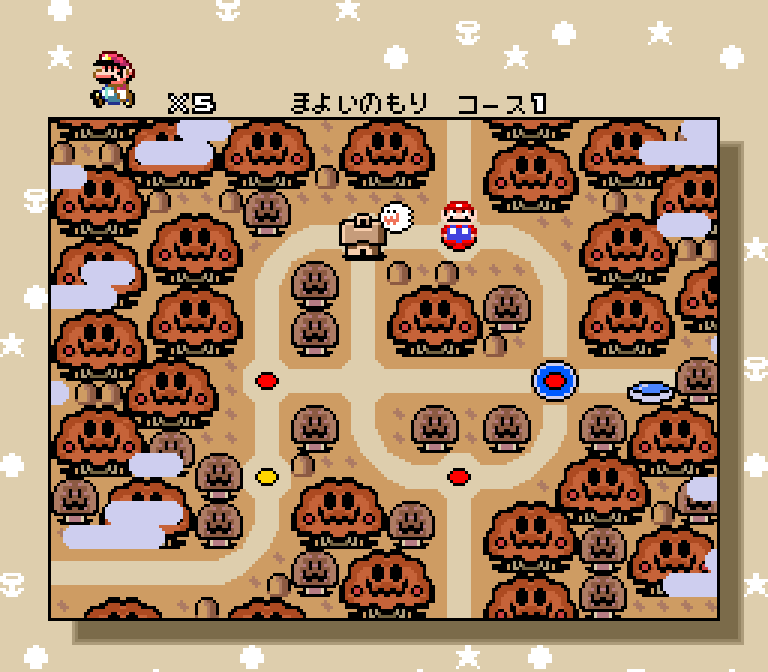
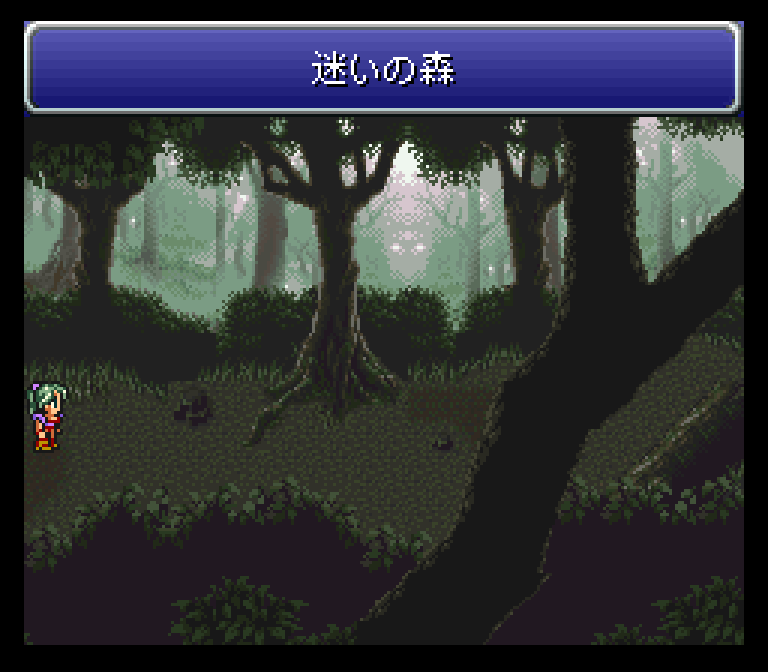
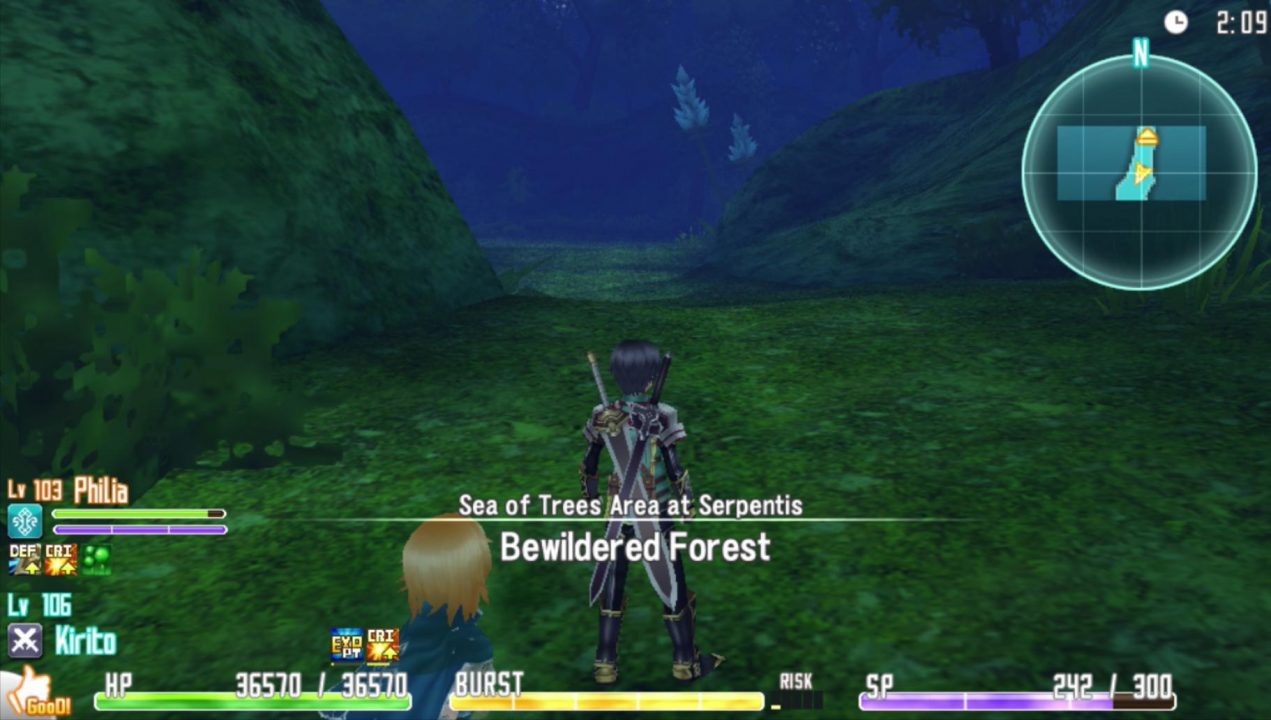

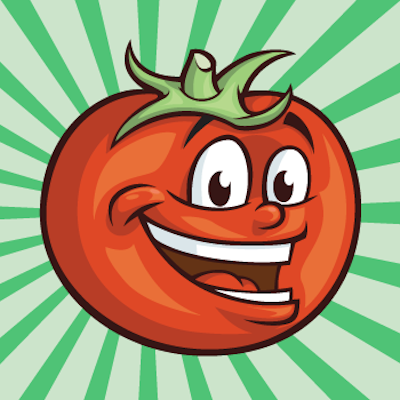
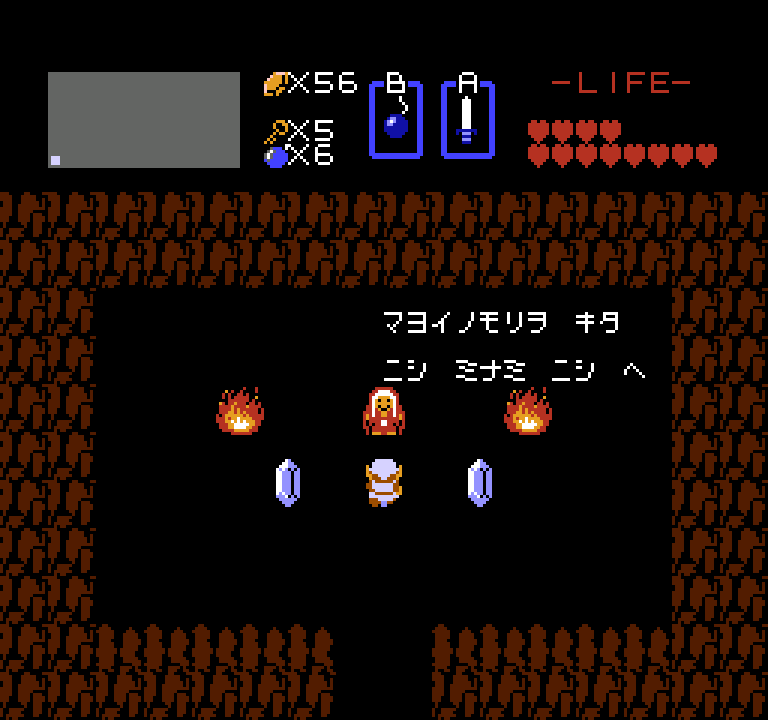
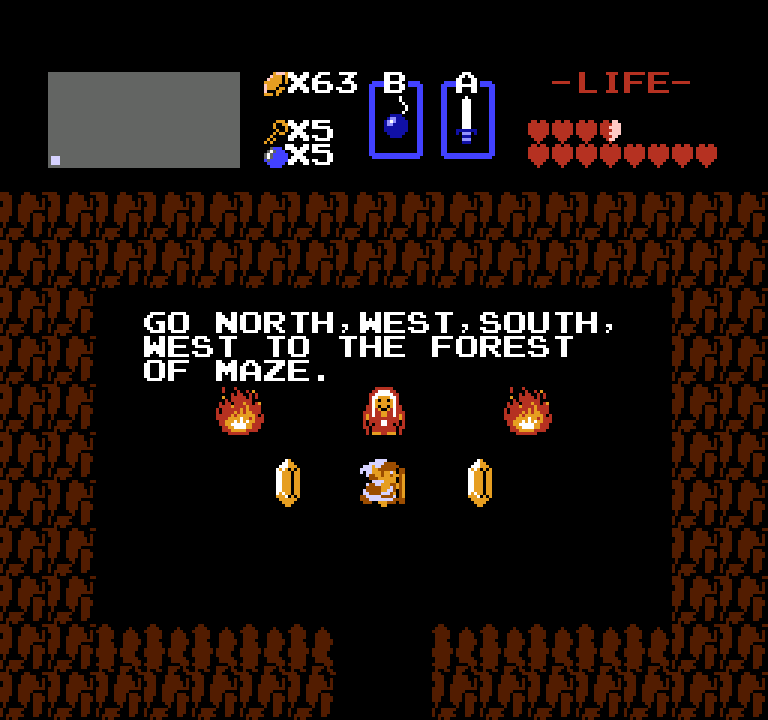
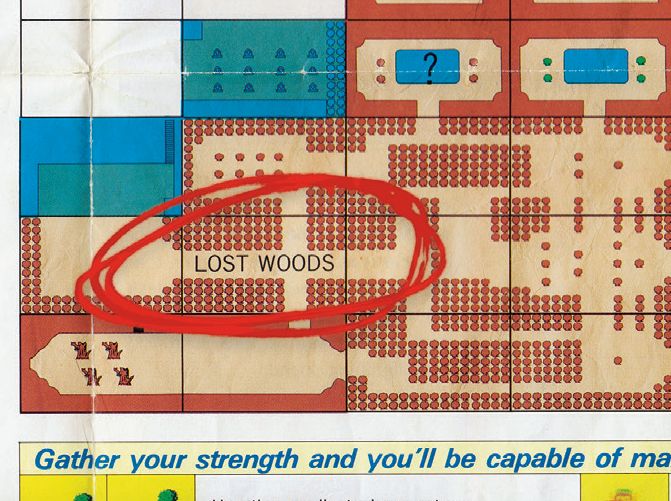

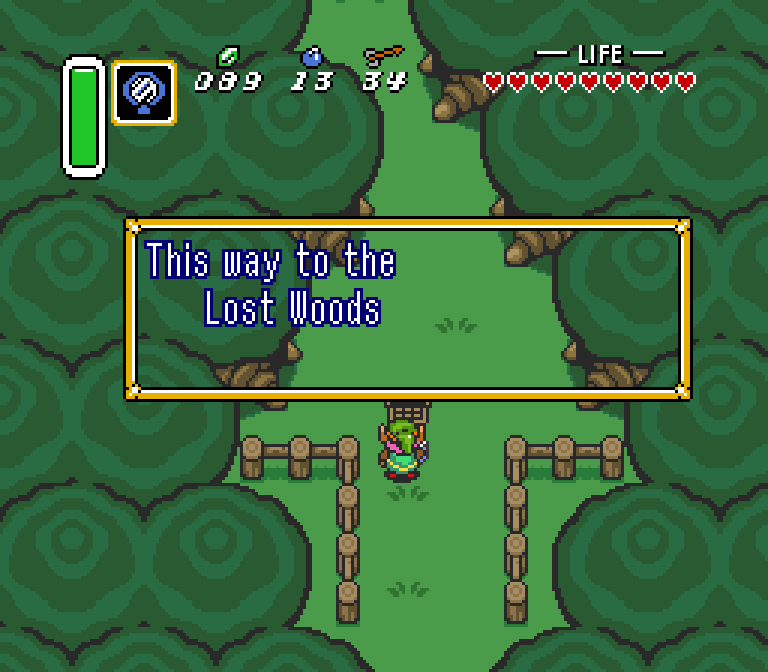

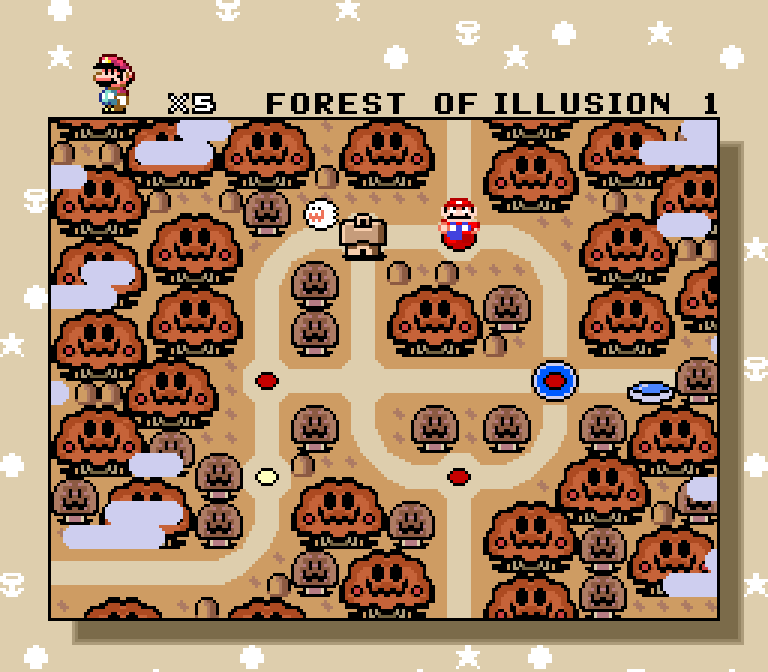
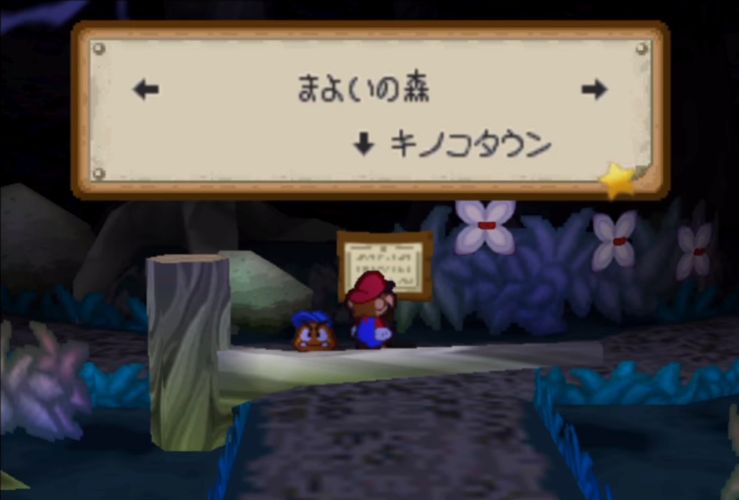
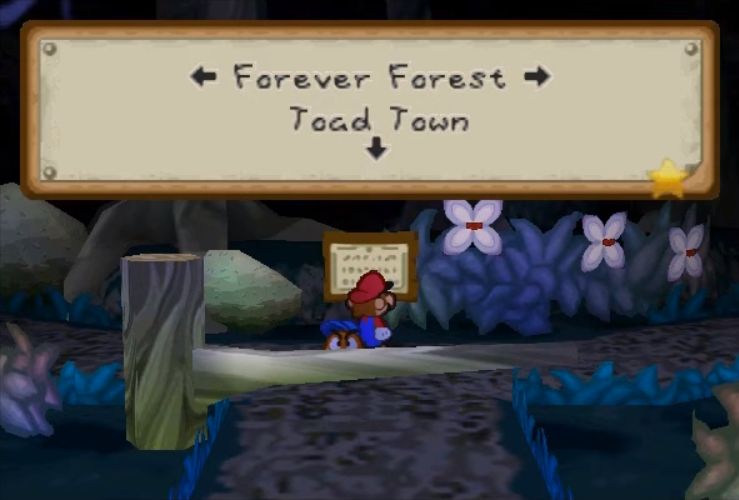

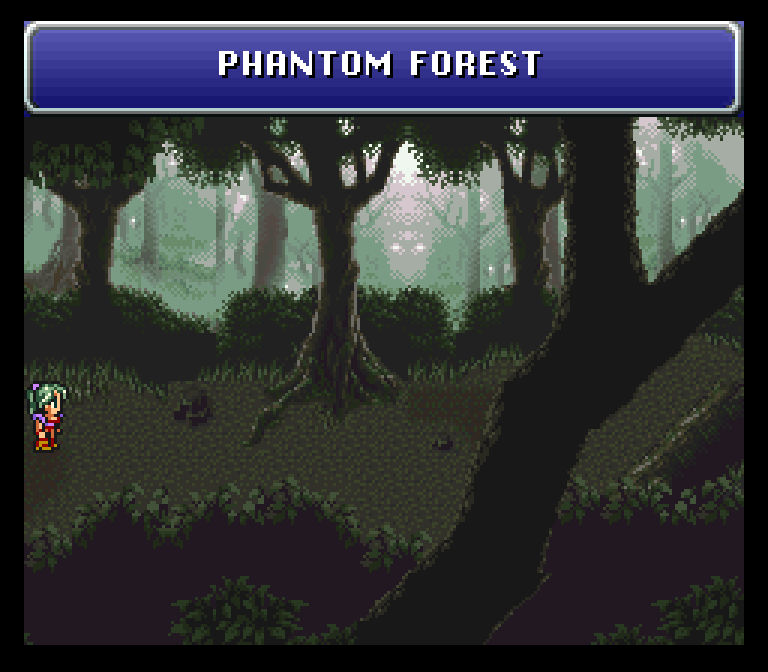
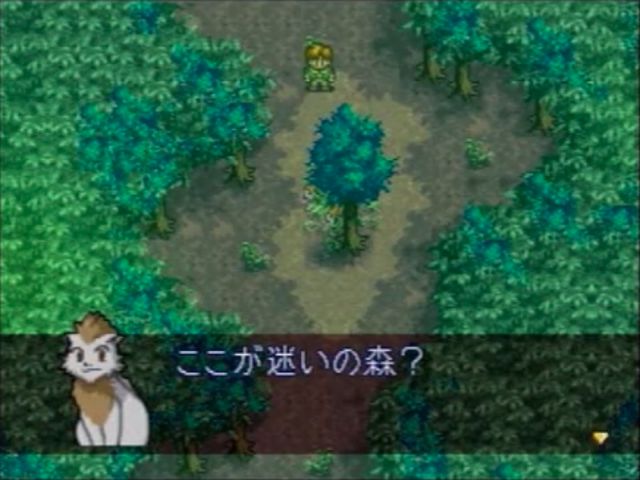
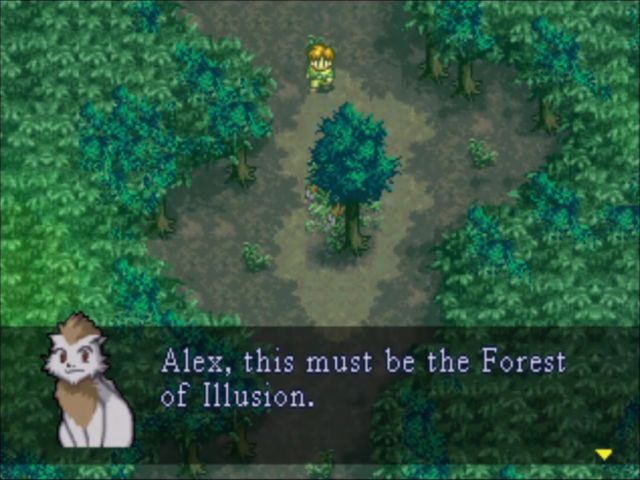
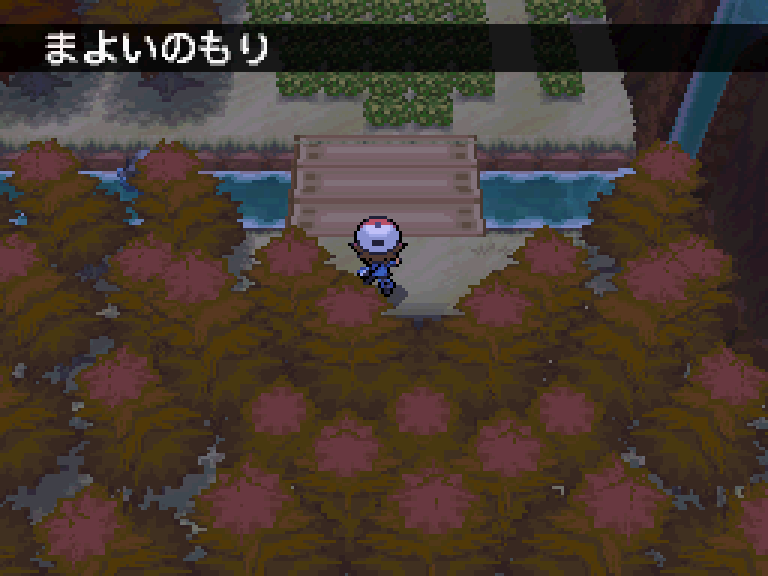
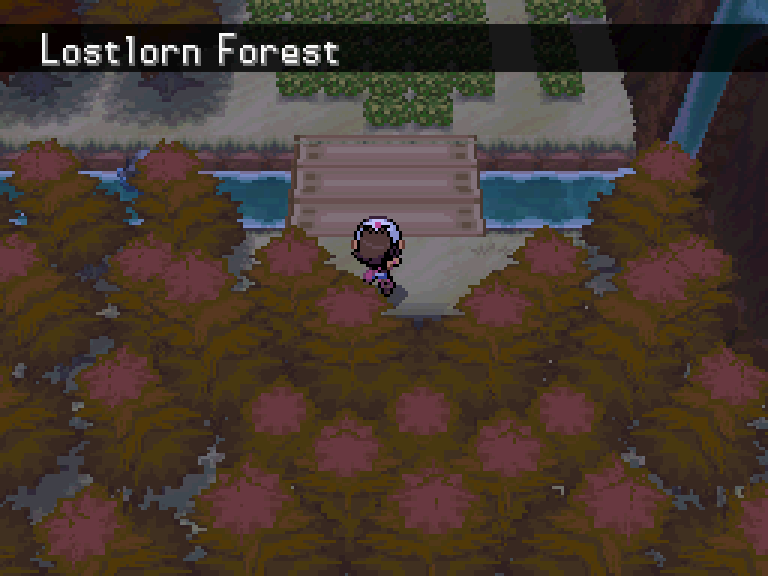
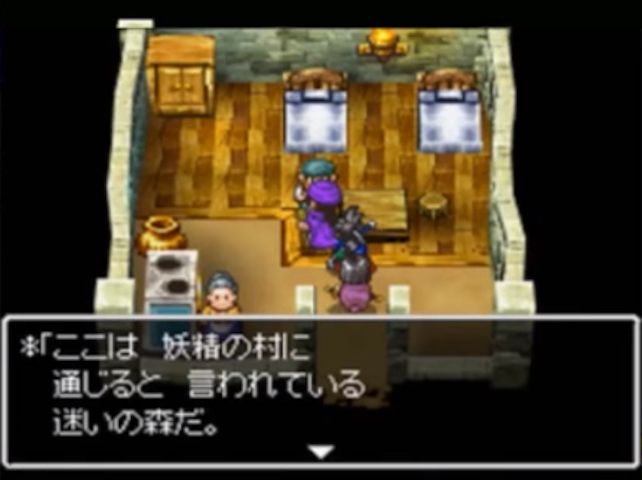

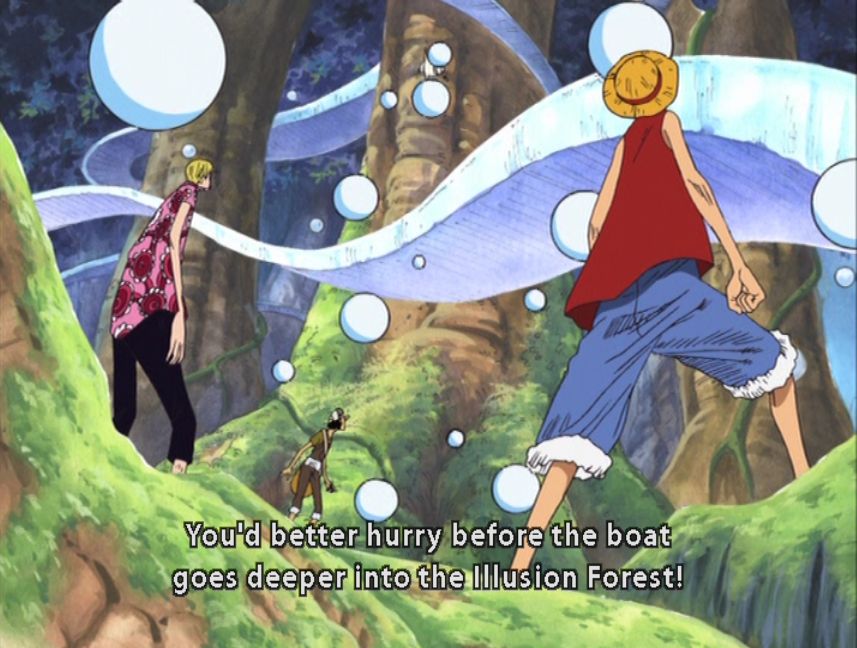
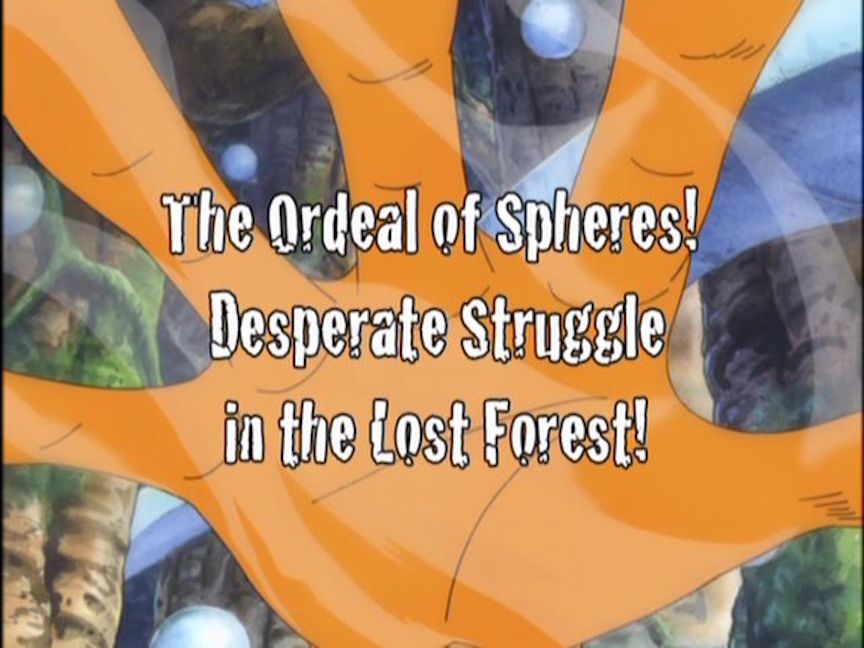
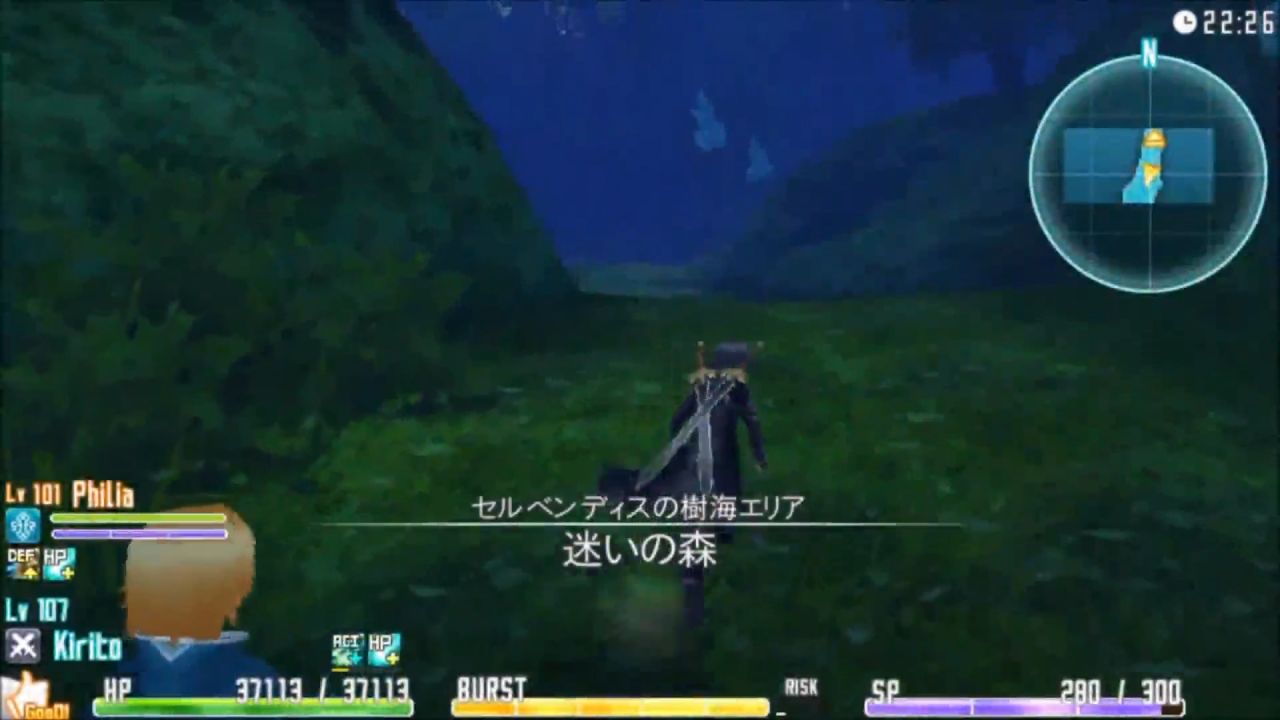
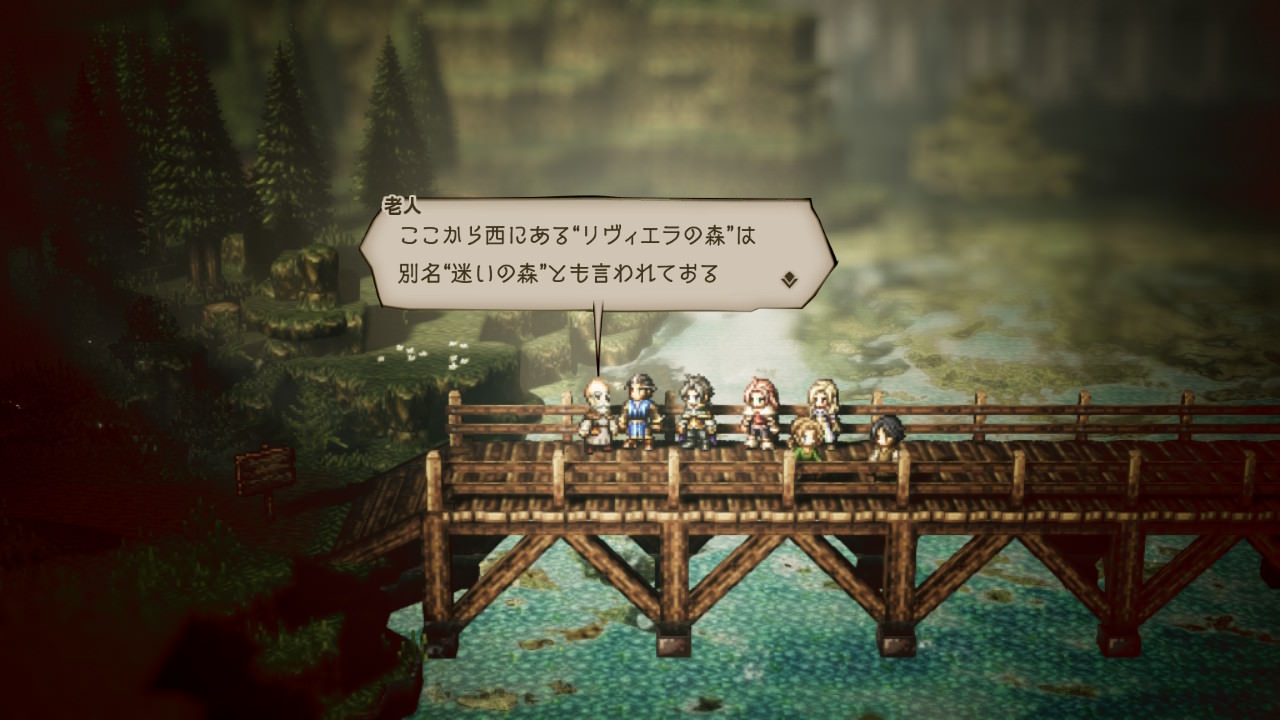
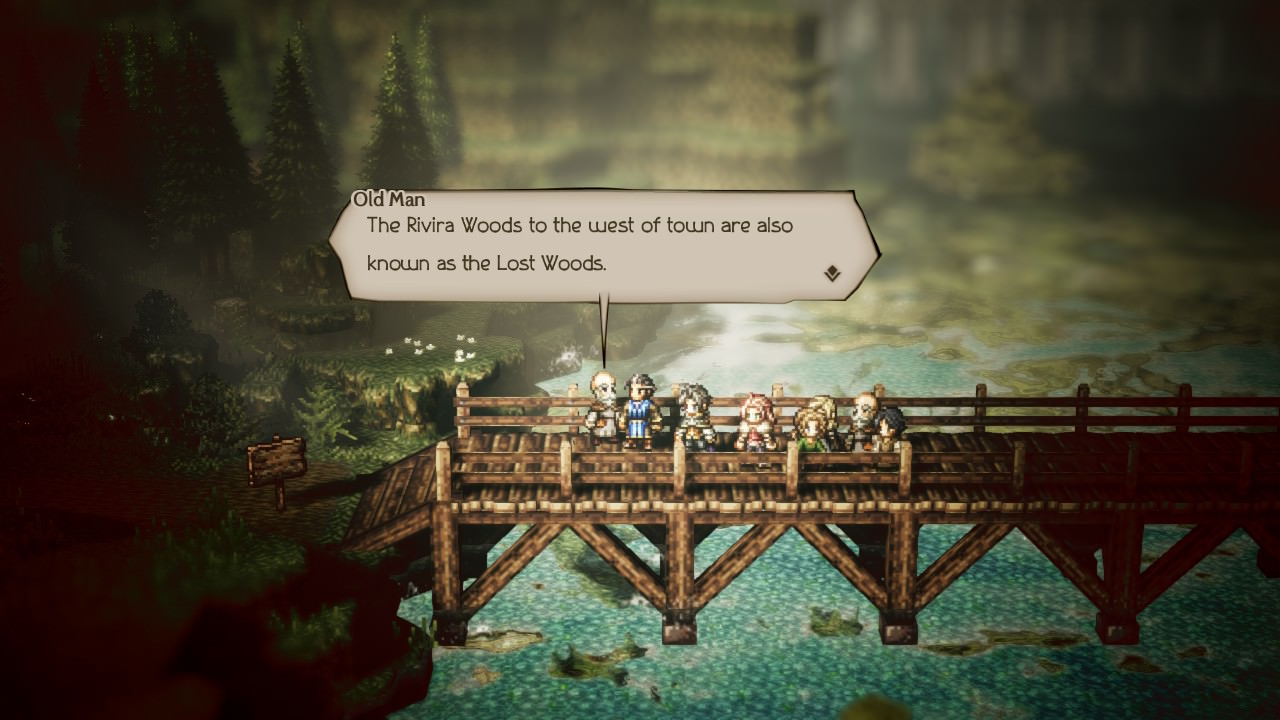
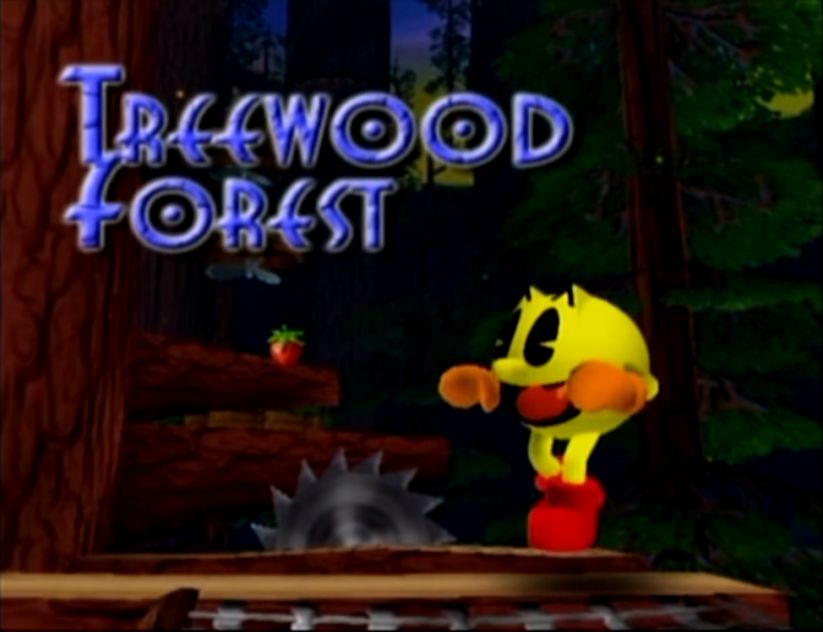
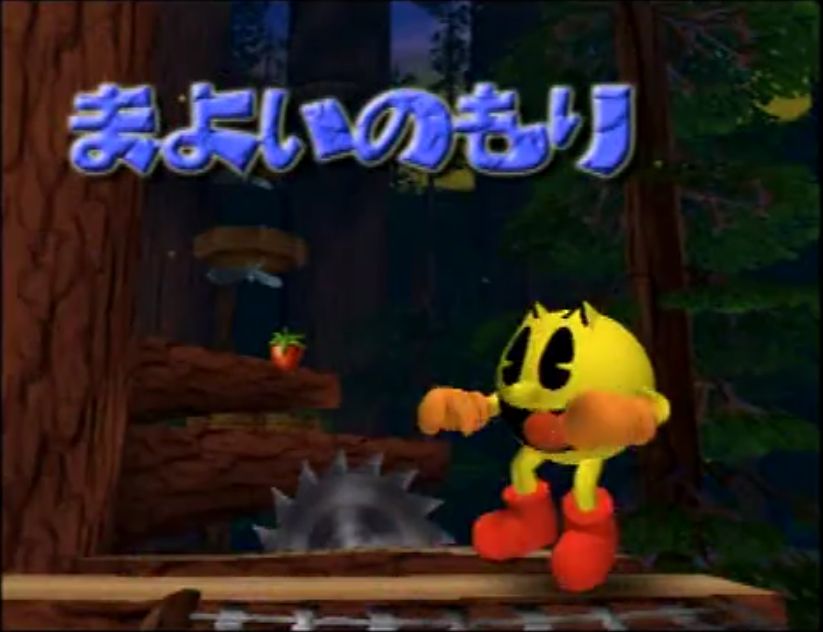
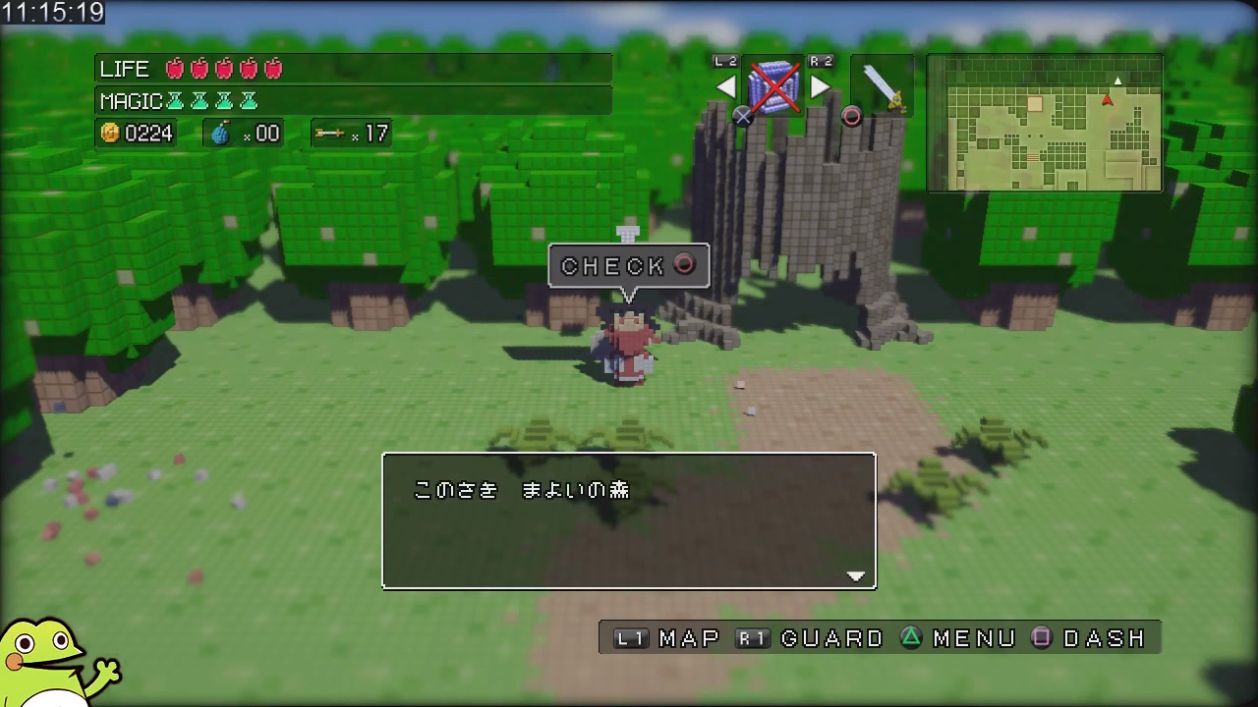
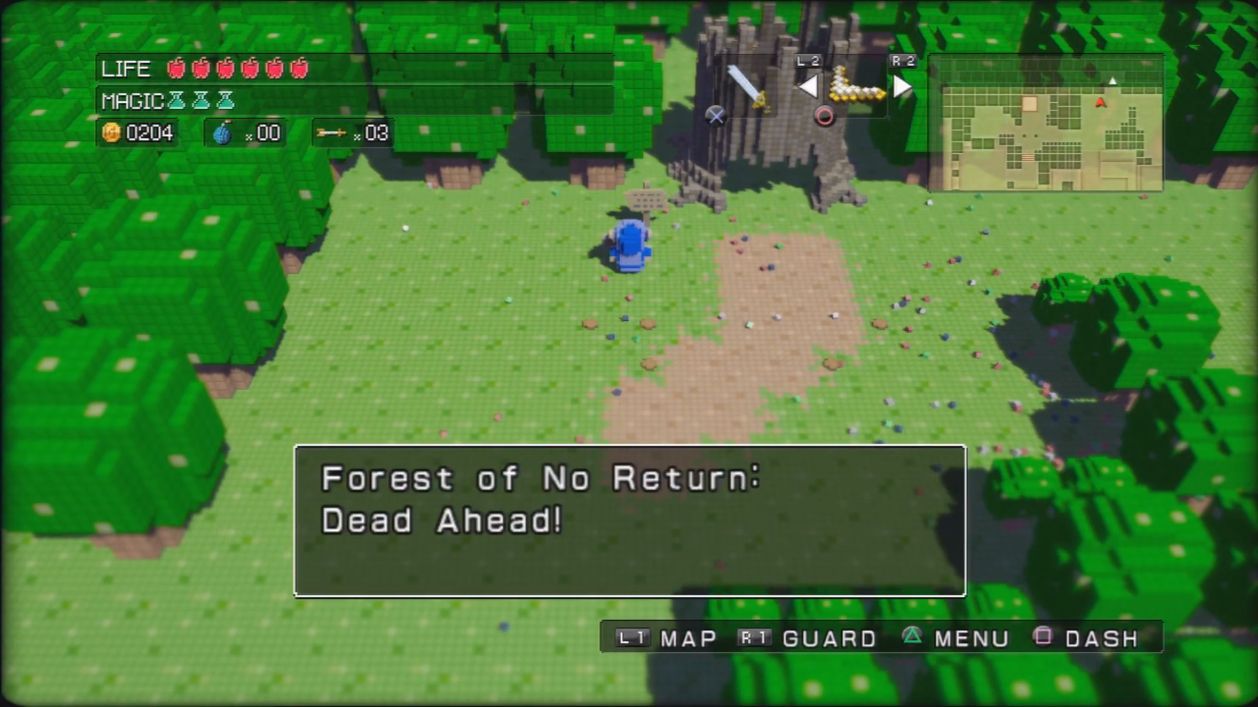
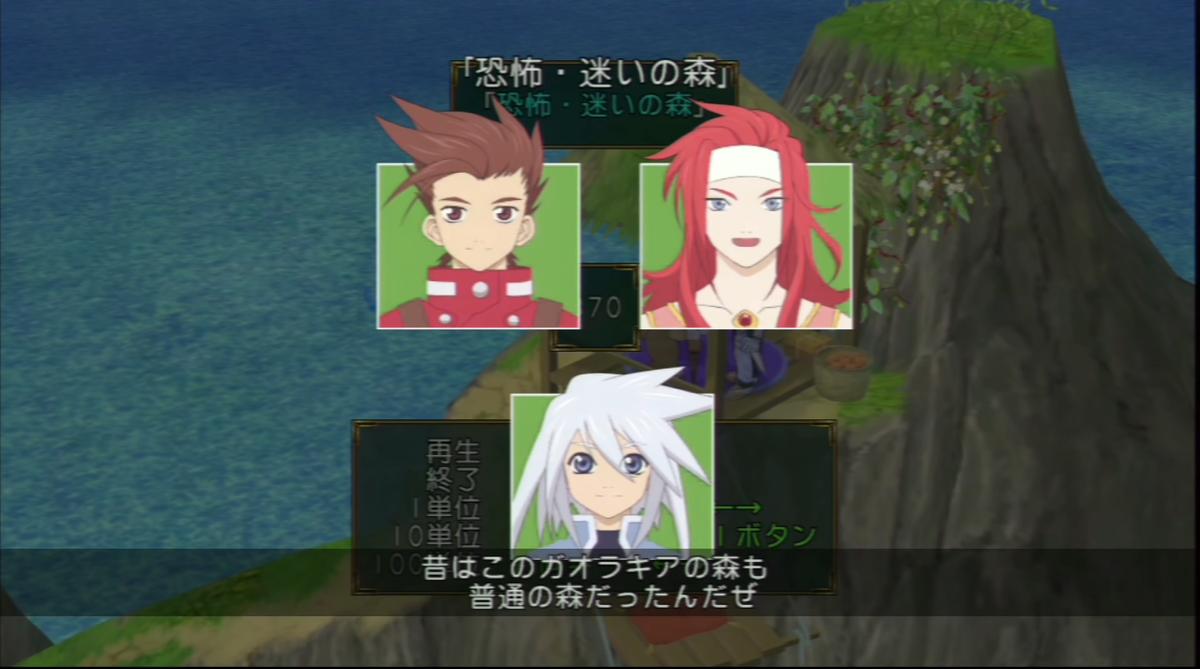

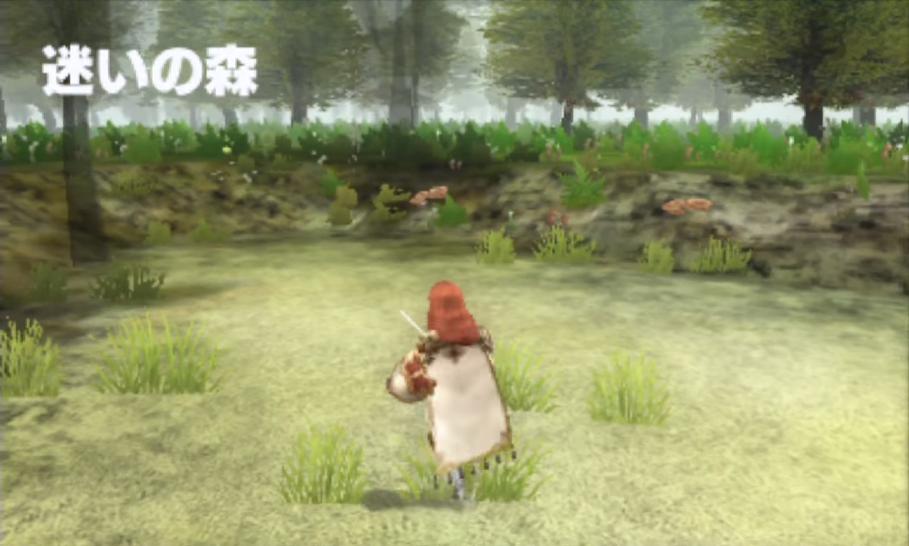

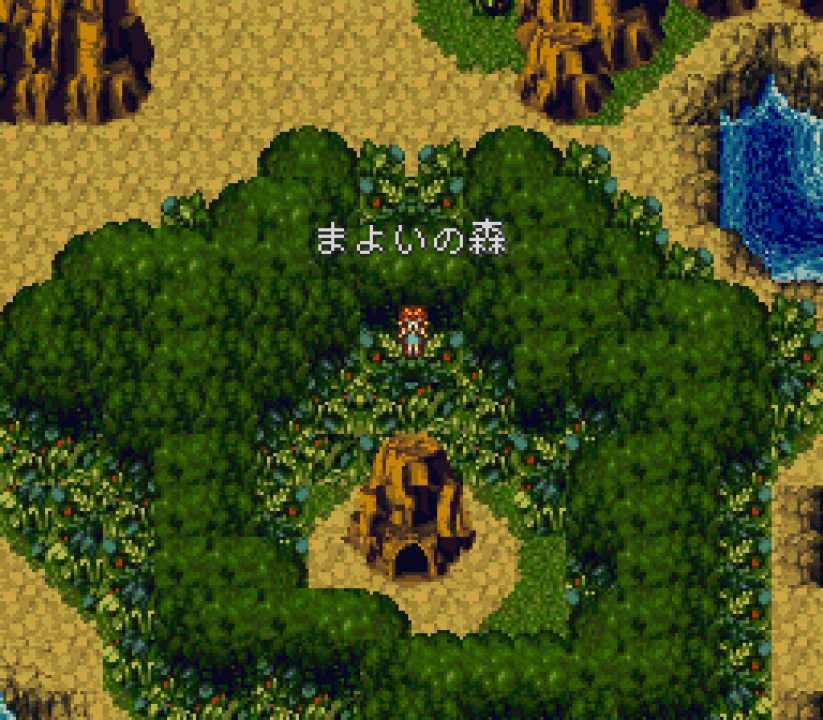
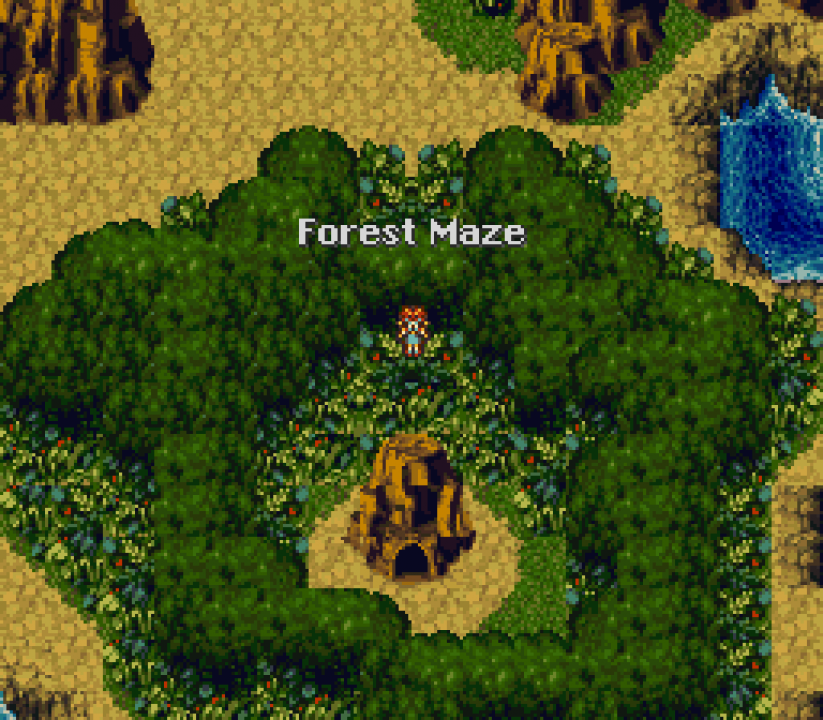

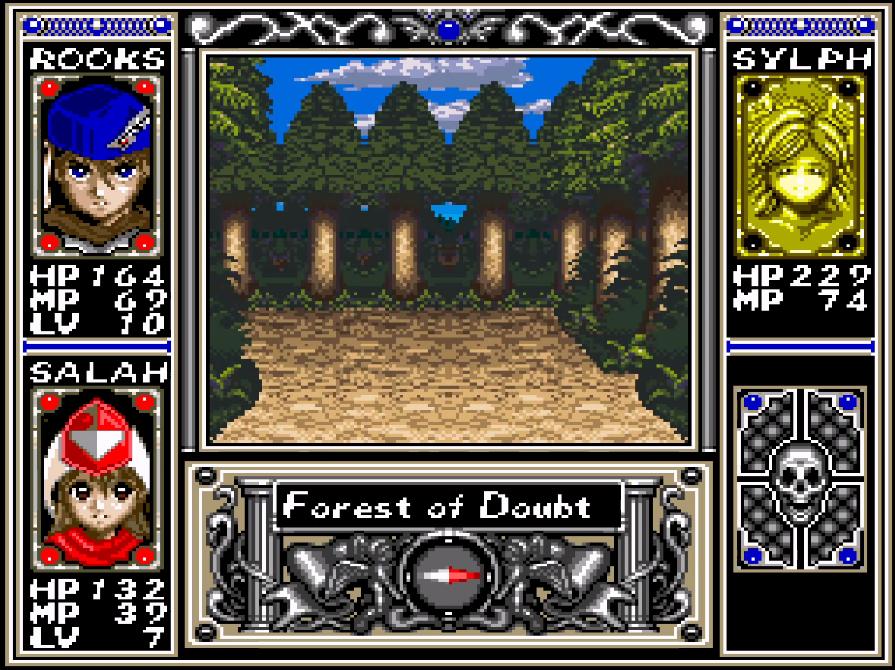
![Passport to the Legend of Zelda [Learn Japanese!] Passport to the Legend of Zelda [Learn Japanese!]](https://legendsoflocalization.com/wp-content/uploads/2018/05/pp-zelda.jpg)
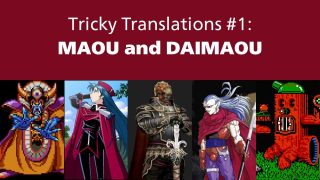
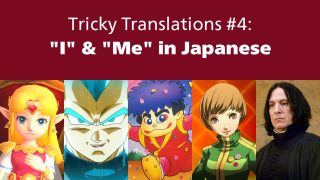
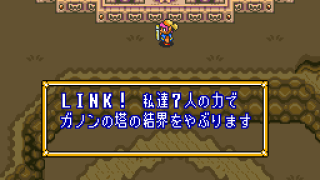
“If I’d known about these connections as a kid, I probably would’ve daydreamed about how they might all connect to each other.”
Might be for the best since your 11 year old self may have written it out only for it to be published in Nintendo Power for all to mock for decades.
Oh right I totally forgot about those haha, they were super-cheesy but I recall kind of liking them back then.
The Touhou series has 迷いの竹林, mayoi no chikurin, which is generally translated Bamboo Forest of the Lost. Makes sense, since it’s literally named after the fact that people get lost in it.
The very Tohuou inspired Len’en has it’s own spin on it, the Unlost Woods (迷えずの森). iirc it’s because the trees literally move to guide you back outside the forest. In some ocassions, the forest may drag you in to be eaten by it’s residents, though.
Naruto Shippuden Ultimate Ninja 4 for PS2 has a place named the Forest of Delusion. There’s also Devil May Cry 4’s Lost Woods
In Fire Emblem Echoes: Shadows of Valentia, 迷いの森 pops up as well, which 8-4 localized as the “Lost Treescape.” : )
Pokemon has multiple places called mayoi no mori. In addition to the one you mentioned in Black and White, there’s also one in X and Y, which got translated as “Winding Woods”, and one in episode 6 of the Pocket Monsters Diamond & Pearl anime that got translated as “Bewilder Forest”.
Is 迷 considered an advanced Kanji? I’m interested in why it would be written as まよ in some games and 迷 in others.
https://en.wikipedia.org/wiki/Kyōiku_kanji
It’s taught in 5th grade, which is why it’s left out of games like Mario and Zelda, which are aimed at slightly younger audiences than things like Final Fantasy. A Japanese 9 year old wouldn’t be expected to know it, while an 11 year old would.
Oh God, a few years ago a Japanese light novel called Story of Evil: Cloture of Yellow was translated by fans into English. And by “translated”, I mean they took a Chinese translation and run it through Google Translate. This infamous incident lead to the novel’s protagonists going through the “Forest of Bewilderment”.
“Forest of Bewilderment” was probably a good summary of the reading experience.
Wow, that sounds like a “duwang”-level train wreck.
Speaking as someone involved with the community at the time and an active participant of these shenanigans… Yeah, pretty much.
I’d say it was… 60% effective, in that we had the general gist of where the plot went. But more precise details were lost, and trying to figure out the names of characters who weren’t already listed in a cast page somewhere was a nightmare. I know a few things were interpreted completely wrongly, such as different characters’ relationships to each other. (“Does 13th princess mean she is the 13th princess in her lineage, or that she has 12 other sisters?” “Google Translate gives this line as ‘I love that about you’ so let’s have a ten-page debate about if that was a romantic confession or not.”) Voices and personalities were completely obliterated, and subtle foreshadowing was lost — it wasn’t uncommon for us to later go “that wasn’t telegraphed at all! Who are these people!?” at things that were plainly stated in previous scenes.
Fun Fact: The reason why it was under two layers of translation to begin with was because none of us actually HAD the novels in question, so the only source we had was an official Chinese translation. And then none of us knew how to read that either so we just hoped Google Translate wouldn’t steer us wrong. (It did.)
…Going back to the original topic, Forest of Bewilderment was one of the weirder translations that stuck around for years even after more knowledgeable people started cleaning up the fan translations. Eventually someone noticed how frequently 迷いの森 appeared in media and there was discussion on whether or not to change it. I’m not involved in the community anymore, but it seems like the new fan translations went with Lost Woods…?
err, unofficial, I mean. The Chinese translation we found online was unofficial. Again, it made trying to understand location names and complete made-up terms (like magical artifacts or incantations) REALLY fun.
Hey I know it’s been more than a year but I just wanted to say that it’s cool seeing Evillious (former) fans in the wild.
Some other 迷いの森 translations that I’ve found:
Forest Labyrinth (Dungeons and Dragons: Shadow Over Mystara)
Forest Maze (Chrono Trigger)
Forest of Doubt (Arcana)
Mazewood (Romancing SaGa)
Considering the phrase appears nearly identically in so many games, is it just like, an idiom that people repeat with no known origin, or is there specifically some book or poem the mayoi no mori comes from?
I haven’t looked it into it in detail, but I’ve always been curious about it myself. My current hunch is that maybe it’s in a children’s story that everyone hears, like maybe the forest in Little Red Riding Hood is called 迷いの森 in Japanese or something.
I remember reading once how Zelda’s woods were inspired by the woods in Kenzaburo Oe’s The Silent Cry. I’m not sure if that’s true at all, but Zelda has taken inspiration from Japanese literature on other occasions, so it may be.
It’s interesting to me because the concept of the eerie confusing forest inhabited by witches and faeries and spirits which you could get lost in forever is remarkably common in European fairytales and fantasy, too – there just isn’t a common name for it, and it’s often just called “the Woods” (hence the musical), which were largely contiguous and covered most of Europe before they were slowly cut down in the Middle Ages. Germanic folktales like Hansel and Gretel and other collected by the Brothers Grimm are often implicitly set in the Schwartzwald, once just a part of the Hercynian Forest. (Beyond the Hercynian Forest was Transylvania, and it’s easy to imagine that if you somehow manage to cross the lost woods you might reach a gothic mountain kingdom of the undead!) Norse mythology has the Ironwood and “the unknown Mirkwood”, which the forest of the Lord of the Rings is named after. Arthurian legend has the Forest of Broceliande.
Came across this by Googling, some Japanese are discussing how to best translate the term into English as well.
https://oshiete.goo.ne.jp/qa/5327576.html
Couple interesting things to take from that:
*迷子の森 seems to be an equivalent term. There’s a place in Miitopia by that name, which the English translation calls Wayward Woods, the same name Pokemon X/Y used for their 迷いの森, but it doesn’t seem all that common.
*Both commenters more or less treat “Lost Woods” as a mistranslation that’s unfortunately become treated as legitimate because it’s used in a Nintendo game.
I don’t think any of the ones in that link would have remotely worked.
Robotrek (an SNES RPG also known as Slapstick in Japan) has one. In English it’s called the Forest of Illusion like in Mario. A quick check shows the Japanese writing for it to be 迷いの森.
In the NES Legend of Zelda, it’s funny how, soon after the release of the game, everyone just seemed to accept “Lost Woods” as the name of that area, even though that name wasn’t actually used in the game. This seems especially strange considering that, at that time, it was common for people to buy NES cartridges secondhand, without the manuals or any other feelies that might have originally been packaged with them, so there were probably a substantial number of people who had played the game, but had never actually seen the name “Lost Woods” used by an official source. Even the localization teams for later games picked up “Lost Woods” as their way of translating 「迷いの森」.
I think there are probably two reasons why the “Lost Woods” name stuck so completely: the first is that, if you do still have the map that came with the game, it shows exactly where the “Lost Woods” are, whereas the hint the old lady gives you, like most of the hints in the game, is ambiguous about the location of the “Forest of Maze” (also, because of a translation slipup, it sounds like she’s giving you instructions to get from where she is to the “Forest of Maze”, not instructions for how to pass through the forest when you get to it.)
The second reason is because the NES Zelda was released during what was pretty much the golden age of third-party strategy guides, when a large enough audience for video games started to form that there was a viable market for those guides, but before it fell out of favor to design games in such a way that you could just wander around for a significant amount of time without knowing the location of the next official goal that you were supposed to go to (the dungeons, in this case.) Any decent strategy guide for the game would have included a map of the overworld, and I would bet that most strategy guides copied most of their maps from the map that came with the game, which of course, would lead to them also using the “Lost Forest” name.
Probably doesn’t help that “Forest of Maze” sounds incredibly Enrgrishy, while “Lost Woods” does not.
Also, “Lost Woods” appears rather prominently in most Zelda guides and media, while the old lady you have to bribe is easily skipped which also makes the former more common.
Eh, it’s not like “Lost Woods” makes a whole lot of sense either. “Forest of Maze” is Engrish, but so is half the other text in the game, while “Lost Woods” is just nonsense. What did you take it to mean as a kid, “woods that are lost”? They’re right there and aren’t lost in the slightest.
They’re Woods that you can easily become Lost in. Makes sense to me.
Did they accept Lost Woods as the name?
I never heard it used until Zelda 3. In fact, it wasn’t until relatively recently that I realized the Lost Woods in Zelda 3 were supposed to be related to the Forest of Maze in Zelda 1.
It’s labeled “LOST WOODS” in Legend of Zelda’s manual.
Digimon World for PS1 had a variation, “Mayowazu no Mori” (迷わずの森), which the English version translated as Native Forest. Fans usually translate the Japanese name as Unwavering Forest.
There’s an LED sign on the ground in that game that has silly names for the adjacent locations. For example, File City is called Digimon Town or something like that. I think there was a silly name for the Native Forest on there, but I can’t remember what it is.
I’ve been told this game is a parody of RPGs, but it got lost in translation.
Brave Fencer Musashi (PS1) had a “Meandering Forest” as well.
In Tales of Symphonia, there’s a 迷いの森 that has a proper name: Gaoracchia Forest. But there’s a skit called “Labyrinth Forest” where they talk about how the forest is cursed. I assume that’s the translation of 迷いの森 they went with there.
A little late to the discussion, but apparently wario land 2 features a mayoi no mori for one of its chapters, which was translated as “Maze Woods.”
https://www.mariowiki.com/Maze_Woods
Also, I was surprised to discover that the Forest Maze from Super Mario RPG is NOT a Mayoi no Mori, but is known as Hanachan no Mori in the Japanese version, Hanachan being the Japanese name for Wiggler.
https://www.mariowiki.com/Forest_Maze
That’s quite interesting I suppose. Wanna go the other way around and see if there’s any interesting japanese translations in Western titles?
I always love hearing about your time working on One Piece. I’ve said it before, but i really think it would be awesome if you’d do an interview on The One Piece Podcast.
Just came across a “Lost Woods”/迷いの森 in Octopath Traveller and remembered this article, so I took some screenshots: https://imgur.com/a/U7uNjQW
I have my doubts this would be one, given no adjective in the name matching the sense of mayoi, but could you check Vagrant Story’s Snowfly Forest? It has the gameplay of Mayoi no Mori at the very least. Probably one of the more annoying cases of it for me.
Also, that Pac-Man game, I used to own it. Not the worse thing in the world, if not exactly good either. I have a few memories of that old forest part.
Looking it up, it appears to be called 羽虫の森 – Forest of Winged Insects. But maybe that’s a different forest, I’m not totally sure.
This makes me wonder if they should do articles on Vagrant Story one day. And man what an article that would considering all the ‘improvements’ the English script had from the original Japanese…
“Improvements”? Care to explain?
The only thing I know of VS’s translation is the change of a “sorry” to “I’m…” at the very end of the game. The localization justification, so I heard, is because Japanese has multiple ways of saying “sorry”, with the one used at that point a very serious one. “Sumei” or something IIRC.
English lacks this, and rather than use “I’m sorry” or “I apologize”, they leave the word out. In doing so, the translators avoid making the apology come off as shallow and not truly meant, which the word “sorry” can be in English.
Given the context, I guess the localizers assumed that they didn’t need to say sorry to get the point across the character was deeply sorry. It helps they have real justification at that point for ending in an ellipsis.
It was just “sumanai”. The idea that this is a word that’s SO untranslatable it’s pointless to even try is completely ridiculous, and the idea that there is literally no way to make an apology look sincere in written English is even more ridiculous.
This is “there’s no way to translate nakama into English in this scene and make it carry the necessary connotation so we need to leave it in Japanese” tier.
Sorry, that is just what I thought I heard once, largely repeating the argument the person who said it made, or so I think.
…I wish VS got a remake, the 3DS would’ve been perfect for it. Ideally I’d have liked a vineyard added as a bonus area- since Lea Monde was known for good wine, and we never see where it was produced. Also, optional mode restoring the 50%+ of the removed plot, plus adding that co-op/NPC allies that were removed.
I wasn’t really criticizing YOU, sorry if it came across that way. My problem is with the justification the localizer had. It’s complete and utter nonsense, and it only speaks to his complete incompetence as a writer that he felt it was impossible to use the English language to write an apology. It completely blows my mind.
Sigh, you never learn.
Wait, is this actually said anywhere? Because changing ‘sumanai’ to ‘I’m…’ in a scene like what I’m imagining honestly doesn’t strike me as too out there – contextual clues would suggest he’d continue to ‘sorry’ anyway.
https://gamefaqs.gamespot.com/boards/914326-vagrant-story/47847183
People did not understand what this line was meant to get across until crossreferences with the Japanese script was made. That alone makes it a bad localization even before you start dragging nonsense excuses like “there’s no way to apologize in English so it had to be changed”.
That’s not the localizer’s official statement; that is a person’s conjecture. And most people in that topic, when they weren’t joking around, seemed to understand it as an apology. Isn’t he dying in that scene or something? It’s more like he cuts off because, well, he dies.
Wow, man, I have just found this web and I think I´m going to spend all weekend here. What an astonishing work, I have no words. But the thing is I know another interesting case of “Lost woods” (“Forest Maze” in this case) mechanics in Kaeru no tame ni kane wa naru, the wonderful GB game that Link´s Awakening took his graphic engine from. The dialogue at the end even says that “I´ve seen something like this somewhere before” lol. You can see it here from 4’15 to 5’20: https://www.youtube.com/watch?v=DFTzB4J0JJg (sorry about my english, I haven´t practiced it for long years)
Speaking of Link’s Awakening, I’m pretty sure the Mysterious Forest is yet another mayoi no mori as well as the Woods of Mystery in Majora’s Mask
hmm…. interesting, apparent the Mysterious Forest is called ふしぎの森 (Fushigi no Mori) which is literally “Forest of Mystery” (or alternatively, “Strange Forest”)
In Majora’s Mask, the Woods of Mystery are called 不思議の森 which is Fishigi no Mori written in kanji rather than hiragana…
In the Dutch localization (Switch version) it’s called the “Dwaalwoud”. “Woud” means wood or forest, obviously. The verb “dwalen” means “to wander about aimlessly, to be lost, to be on the wrong track” and figuratively “to make an error in judgement”. I think this would be a decent translation of “mayoi no mori”, but apparently that’s not what it says in Japanese? Strange.
It’s also used in a counter Battle Chip from the Rockman EXE series, but in English Mega Man Battle Network games all counter chips are just Anti(Name), Mayoi no Mori becoming AntiWood, likely due to the letter limitations.
There’s a 迷いの森 in Shining the Holy Ark for the Sega Saturn. https://imgur.com/csVxm4Q
Translated as ‘Forest of Confusion’ in the western releases. https://imgur.com/7pmBovW
Wario Land 3 has its own 迷いの森. That being Maze Woods. La-Mulana has a variant of it in the form of 迷いの門, which Ian Kelly translated as Delusion Gate for the MSX version and officially translated as “Gate of Illusion” in the versions starting with the WiiWare version.